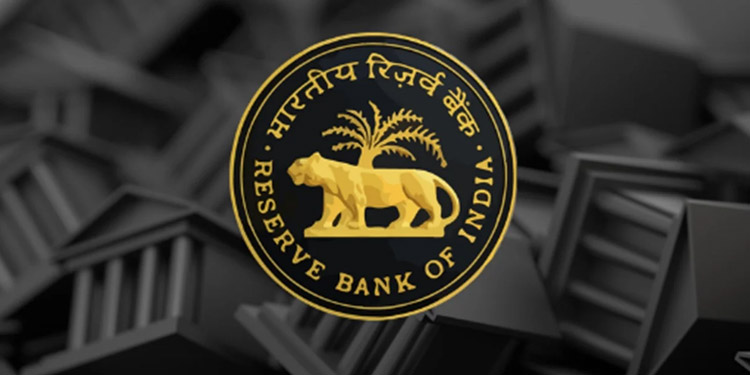

Investing appears to be a difficult task for a few, like for those beginners who are unfamiliar with the complexities of the financial world. One who is willing to study and make a commitment to their financial future can achieve the goal of developing a healthy portfolio in 2024 with the appropriate information and strategy. In this article, we will discuss the principles of investing and will provide certain practical advice to assist newcomers in building a strong portfolio in the present market environment.
Understanding the basic concepts of financial markets is essential for an individual before entering into the world of investing. Investing is like allocating capital with the hope of earning returns in the future. To achieve this objective, one can use several types of investments, including stocks, bonds, real estate, and alternative assets.
Establishing definite and attainable financial goals is the first stage in creating a solid portfolio. Whether it’s supporting higher education, purchasing a home, or setting aside money for retirement, understanding one’s objectives guides him/her about the further investment strategy. One must take his time horizon and risk tolerance into consideration while choosing the right asset allocation for his portfolio.
Investing across a large variety of assets or investments and market sectors reduces the risk and protects one from fluctuations in the markets as diversification is considered as one of the key concepts in investing. Typically, a well-diversified portfolio consists of a variety of stocks, bonds, and other assets with variable market behaviour.
It can be difficult to choose the correct assets for your portfolio when there are so many investing possibilities available. Low-cost index funds or exchange-traded funds (ETFs) can minimize fees and complications while offering wide market exposure for new investors. On the other hand, Individual stocks and bonds have more potential profits but need more study and knowledge.
After you’ve built up your portfolio, it’s critical to regularly examine and rebalance your holdings to make sure they still reflect your risk tolerance and goals. Rebalancing enables you to reorganize your portfolio and preserve diversification in the case that market fluctuation compels your asset allocation to shift from the intended path.
Due to the constantly changing dynamics of the investment world, it is essential to remain up to date on market trends and economic events. One should not be afraid from asking financial advisors or some other reliable sources for advice regarding how to maximize one’s portfolio and further manage the investments.
For developing a solid portfolio as a beginner one must have perseverance, self-control, and an openness to new ideas. One may build the foundation for long-term financial success by learning these fundamentals of investing, establishing specific financial goals, diversifying his/her portfolio, selecting the correct investments, and routinely evaluating his approach. Investing is a journey for a person to accomplish his financial goals and accumulate wealth for the future by carefully preparing and making wise decisions.